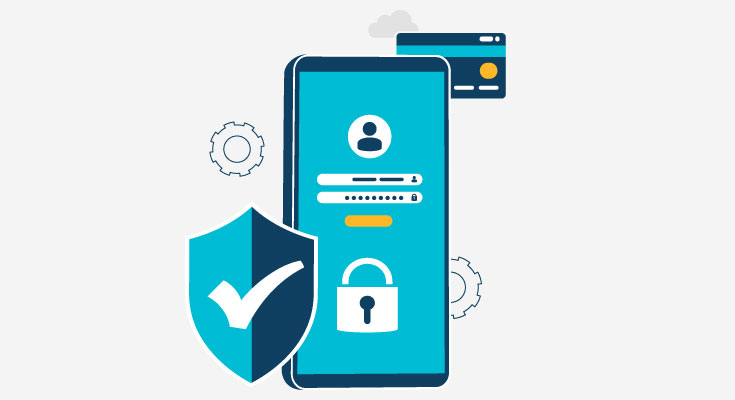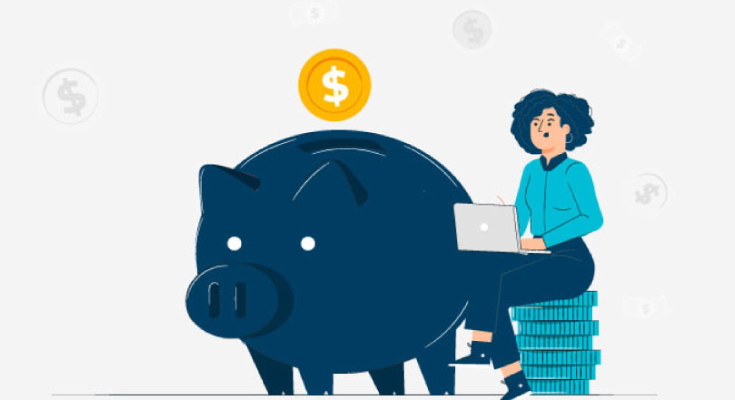Micro deposits are the legacy system for the verification of customer bank accounts. As far as customers could remember, banks have been using micro deposit verification to verify bank account ownership. But being one of the oldest and most used methods doesn’t mean that it’s the perfect solution. There are some flaws in the micro deposit bank account verification process.
Micro deposits are two small test deposits that are sent from one bank to another one. The idea is that it helps in verifying second account ownership information.
The micro deposit bank account verification process can easily take up to 5 business days as the transactions go through the ACH Network. In a world where consumers want instant process completion, waiting for 5 days can increase the abandonment process.
Why Micro-Deposit Account Verification Is Used for Account Verification?
The current banking infrastructure is decades old, and it takes a lot of time and money to upgrade. Since the beginning, the account verification process revolves around micro deposit verification.
In 2018, the National Automation Clearing House Association (NACHA) completed 23B micro deposit transactions with a value of $51.2T. While the ACH Network proves to be a very cost-effective method for completing these transactions, it has lacked immediacy since always.
While NACHA also launched same-day ACH payments all the way back in 2015, the adoption of same-day payments for micro-deposits remains low. NACHA has commented about an API-based, real-time verification approach, but no significant improvement has been made.
Similarly, a huge range of mobile and online banking suites are available to banks and credit unions are also reliant on micro deposit verification. Regardless of the scale of the service, or how new it is, most businesses still tend to rely on micro deposit bank verification.
Flaws in Micro-Deposit Verification Process
Banks and credit unions should follow the steps of modern-day e-commerce companies. Customer experience in the web 2.0 era is all about fast experience. Customers aren’t willing to wait days for basic processes to be approved. In the eCommerce industry, any delay in payments can lead to account cart abandonment.
In the banking sector, every 10 seconds that are added to the customer onboarding process increases 5% the risk of application abandonment.
So, the best way for banks to move forward is to increase their conversion rates and improve the rate of customer acquisition. This can be done using automation, and other technologies for the onboarding and account verification process.
Bank Account Verification Best Practices
Financial institutions that want to verify bank account information should find some better ways. If micro-deposits are a widely used method, banks should renounce it if it increases the chances of application abandonment. Here are the two best replacements for micro-deposit bank account verification:
1. Instant Account Verification (IAV)
It’s important to include customers in the verification process to boost relationships, but banks should do it with the help of more seamless technologies. Instant account verification doesn’t rely on two small deposits to the customer accounts. And, as the name suggests, the process is instant.
2. Real-Time Account Transaction Monitoring
The biggest challenge banks face while moving on from micro deposit verification is that they can’t access their own data.
Banks and credit unions have data that when used correctly can predict fraud before it happens. More than often, all of this data is hidden beneath a bank’s core systems, or is only available on a batch basis. There are technologies out there that can help banks access this transactional data, which helps in verifying bank accounts and predicting fraud.
Conclusion: Customers Demand Real-Time Verification
Micro deposits helped banks and financial institutions a lot in the past. But customers of today prefer faster resolution times and friction-proof validation. So, for banks to provide an ideal customer experience, there’s a heavy need for micro deposit verification alternatives.












